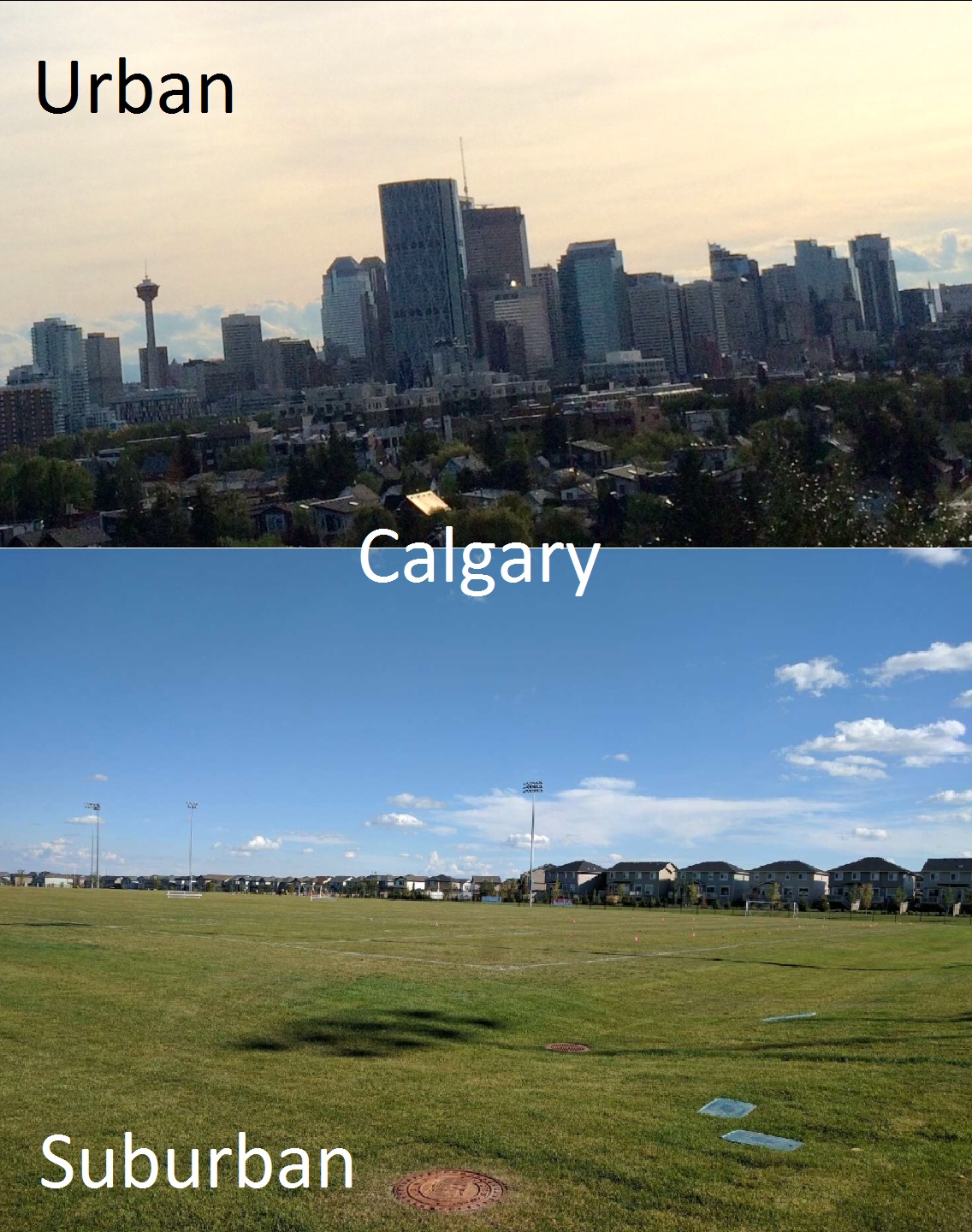
Uploaded on 2016-08-25 by Nyssa
I live in Calgary and Canmore in Alberta, Canada. Calgary is more of an urban center, so I'll evaluate based on Calgary. I looked up some information about my area and it appears that at the beginning of the century, there was a 10K intensity due to urban heat island effects in the winter, and 6K intensity in the summer (in Energy and Climate in the Urban Built Environment By M. Santamouris). I suppose that the "canyons" are wider apart and so more solar radiation and thermal radiation are trapped (as compared to a densely populated downtown core). However, the wind velocity is quite high, so the rural areas are probably very cooled off, whereas the downtown buildings experience less wind due to the shielding effect of the buildings, so more local heat islands are present, making the urban area an even more big impact on the temperature differential. If I could take part in an initiative related to the UHI effect I suppose there could be more strict regulations on building designs to ensure that buildings and urban geometry help cool the urban centers, as opposed to trap heat. Invest in more technologies to harvest the power of the many days of sunlight and wind in the city for power generation. Ensure teardowns of buildings are replaced with longer term, sustainable solutions. I don't believe that the city considers UHI effects. There is a university in Calgary that has a professor who apparently focuses on this as his area of study but I have not seen any policies, except for a push to allow secondary suites (which would allow more people to live in the suburban, low lying areas, as opposed to having to build more complexes downtown). (More info: https://en.wikipedia.org/wiki/Secondary_suites_in_Canada)